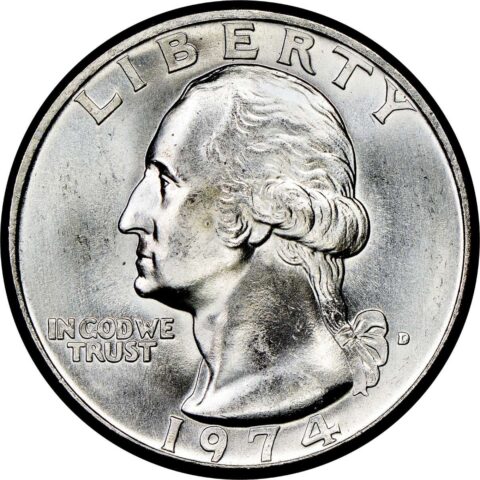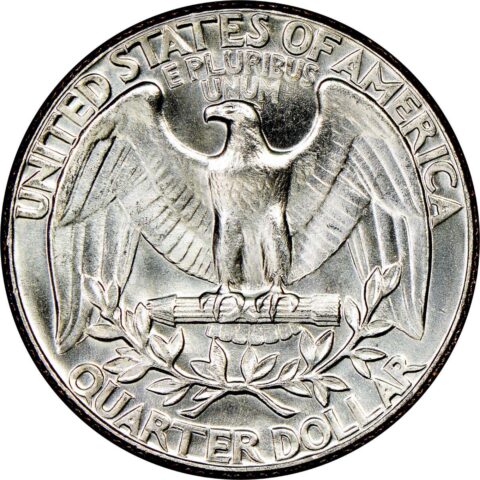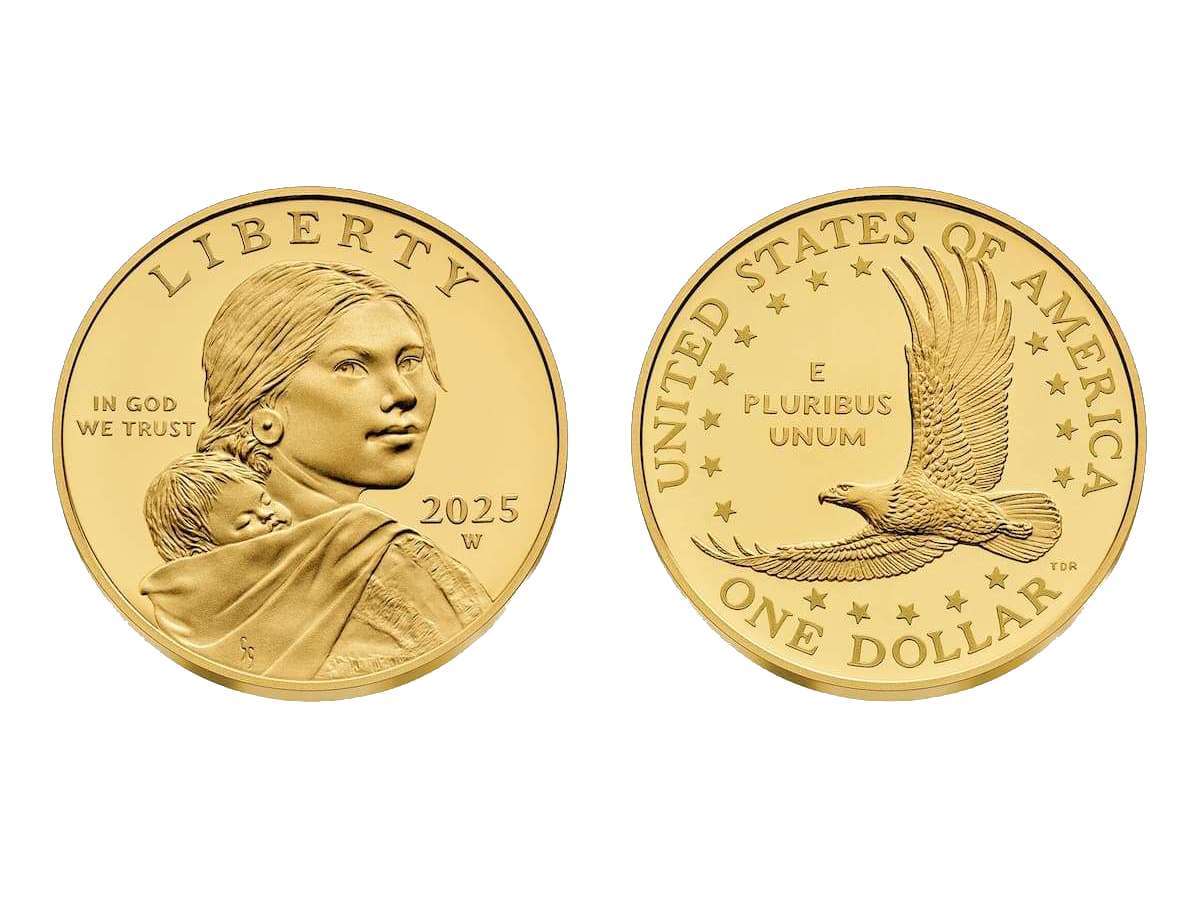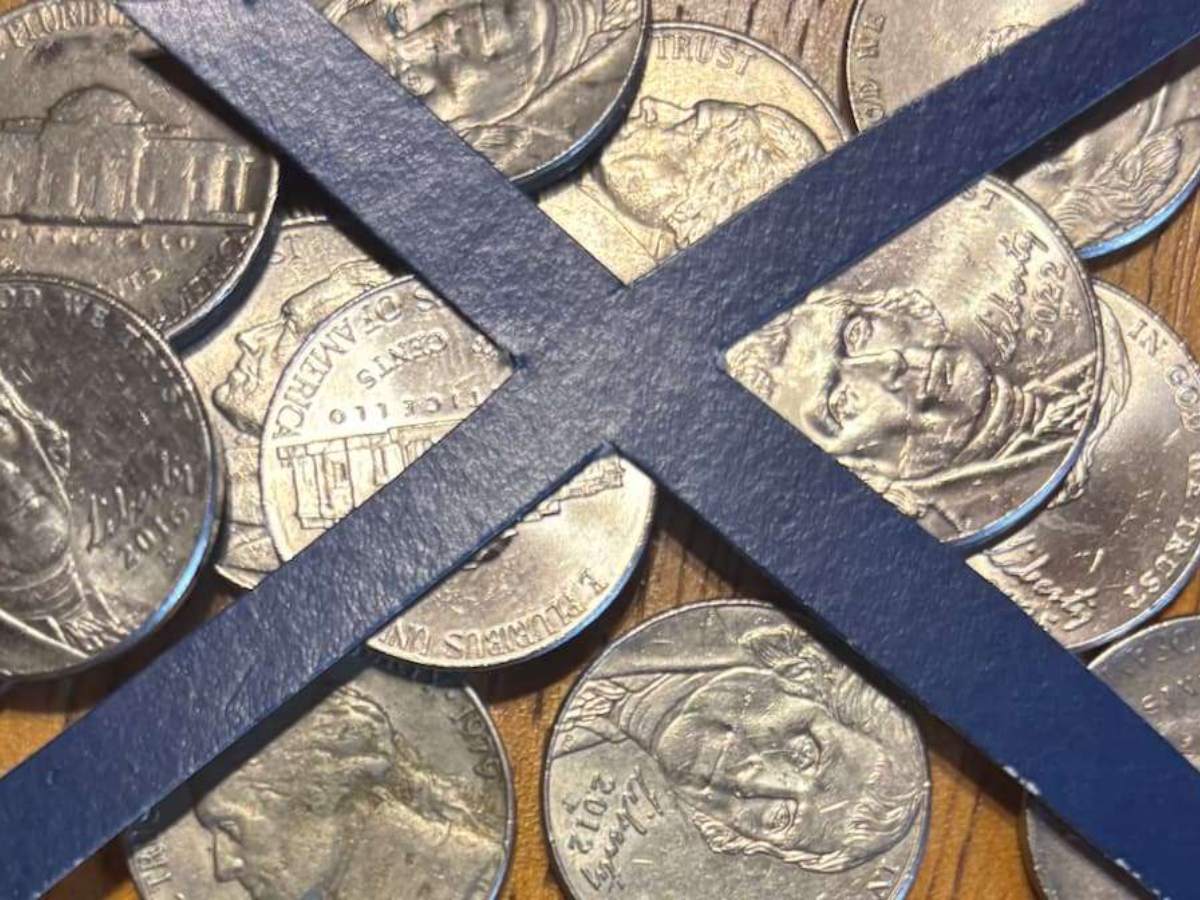Did you know that some 1974 quarters are worth more than $10,000?!


Understanding why some of these old quarters are worth so much more than face value will help you to find more of these rare and valuable 1974 quarters in your pocket change!
In this article you will learn exactly which features you should be looking for on 1974 quarters in order to identify the truly valuable ones.
Fun Facts About The 1974 Quarter
The Washington quarter was originally designed by John Flanagan, whose famous design pairing an obverse (“heads side”) portrait of Revolutionary War general and first U.S. president George Washington with a heraldic eagle reverse (“tails side”) debuted in 1932.
The year 1974 marked the last time — at least for a couple years — that the popular heraldic eagle would be minted on the quarter. In 1975 and 1976, the U.S. Mint struck 1776-1976 dual-dated Bicentennial quarters marking the 200th anniversary of the signing of the Declaration of Independence.
This is why there are no 1975 quarters — all the quarters struck in 1975 by the U.S. Mint bear the 1776-1976 date.
The 1974 quarter is made from copper-nickel clad and was struck to a standard weight of 5.67 grams.
While there were no government-mandated 1974 silver quarters (the last circulating 90% silver quarters are dated 1965), they’re worth looking for anyway — because they were made in the mid-’70s, when the U.S. Mint was striking 40% silver 1976 quarters!
We’ll talk more about the possibility of finding rare 1974 silver quarter errors below. First, let’s talk about how much a 1974 quarter is worth…
1974 Quarter Value (No Mintmark)
The 1974 quarter with no mint letter stamp or mintmark was struck at the Philadelphia Mint to the tune of 801,456,000 pieces. With a mintage of nearly 1 billion, the 1974 quarter is certainly a common coin.
Any that you find in pocket change with wear and without any signs of errors or varieties are worth just their face value of 25 cents and would be safe to spend as regular money.
That doesn’t mean that all 1974 quarters are worth only 25 cents, though!
Uncirculated 1974 quarters (those that don’t show any signs of wear and appear to have just been minted yesterday) are worth more. A typical 1974 quarter in uncirculated condition is worth $1 to $2.
The most valuable 1974 quarter without a mintmark was graded MS67+ by Professional Coin Grading Service and fetched a record price of $2,115 in a 2020 sale.
1974-D Quarter Value
The 1974 quarter with a “D” mint letter stamp / mintmark was made at the Denver Mint, which produced 353,160,300 quarters that year. That’s certainly fewer than the total quantity of 1974 quarters made in Philadelphia, but still a lofty figure. Most collectors regard 1974-D quarters as common coins.
Worn (“circulated”) 1974-D quarters are usually worth just their face value of 25 cents.
Uncirculated 1974-D quarters are worth more than face value — about $1 to $2 usually.
The most valuable 1974-D quarter was graded MS67+ by Numismatic Guaranty Company and sold for $1,450 in 2021.
1974-S Quarter Value
The United States Mint in San Francisco struck a small number of special 1974 quarters with an “S” mint letter stamp, better known as a mintmark.
However, these 1974-S quarters aren’t likely to turn up in your everyday pocket change. They were produced just for coin collectors. These coins were made using polished blanks that were intentionally struck twice by specially prepared dies on high-tonnage presses to ensure the manifestation of even minute details. They’re known as proof coins.
These 1974-S quarters were sold in proof sets and are enjoyed by collectors to this day.
A total of 2,612,568 proof 1974-S quarters were made.
They usually sell for $2 to $5 on an individual basis.
The most valuable 1974-S proof quarter was graded PR70DCAM by Professional Coin Grading Service and traded for $10,925 in a 2009 auction.
Valuable 1974 Quarter Errors To Look For
While it’s pretty hard to beat the prices of the most valuable 1974 quarters listed above, you can still make some big bucks by looking for valuable errors and varieties!
The reality is that it’s pretty hard to find 1974 quarter errors… You’re not supposed to be finding errors in your spare change all the time. That’s why they’re considered rare and valuable! Unfortunately, most of the oddities you find in circulation are simply altered or otherwise damaged — not error coins.
Still, there are many 1974 quarter errors worth a lot of money — you just need to know which are true errors and which are just coins with post-mint damage.
Let’s look at some of the 1974 quarter errors that are known to exist and see what they’re worth…
1974 Broadstrike Quarter Error
Find a 1974 quarter without ridges (lines) on the edge? Not all smooth-edge 1974 quarters are worth money — in fact, most are not anything special. It’s common to find 1974 quarters with no edge reeding, due to natural wear on the coin or intentional removal of the edge ridges.
However, a broadstrike quarter error is a valuable coin that does not have its edge reeding. It was created when the quarter was struck outside of its retaining collar — which helps create the reeding and ensures that the coin stays the proper shape and size upon striking. A 1974 broadstrike quarter error will have smooth edges and will also be a bit wider and thinner than average, but it will still weigh approximately 5.67 grams. (Here’s the best coin scale.)
A 1974 broadstrike quarter error can be worth anywhere from $15 to $30.
1974 Off-Center Quarter Error
An off-center 1974 quarter is a pretty neat find — if you can find one, that is! They can range from 5% to 10% off-center… to 50% or more.
A typical 1974 off-center quarter error could bring $50 to $100.
The most valuable kind of 1974 off-center error quarter would show only about 50% of the design, yet show the complete date on the coin. Such a 1974 quarter error could command $250 or more.
1974 Silver Quarter Error
As mentioned above, the U.S. Mint was in the process of switching over to the 1776-1976 Bicentennial quarter design during the later months of 1974. Since many 1976 quarters were struck in a 40% silver format, there’s a possibility that some of the silver planchets were accidentally struck with 1974 quarter dies. As unlikely as this may sound, it’s not far-fetched at all.
Many coins produced during times of metallic composition transitions were accidentally (or maybe not so accidentally) struck on planchets of different metals. This is the case with 1943 bronze and 1944 steel pennies, 1965 silver dimes and 1965 silver quarters, and other coins.
If you find a 1974 quarter you think may be silver, it is best to have it evaluated in-hand by a professional numismatist who can check its metal content. Unfortunately, weighing potential 1974 silver quarters isn’t worth the effort at home — because they would weigh around 5.75 grams, which is within the legal tolerance of .227 grams for a clad quarter (which should weigh 5.67 grams).
If you do find a 1974 silver quarter, it could potentially be worth $3,000 to $5,000 or more!
Need a magnifying glass for looking at the details on coins close-up?




